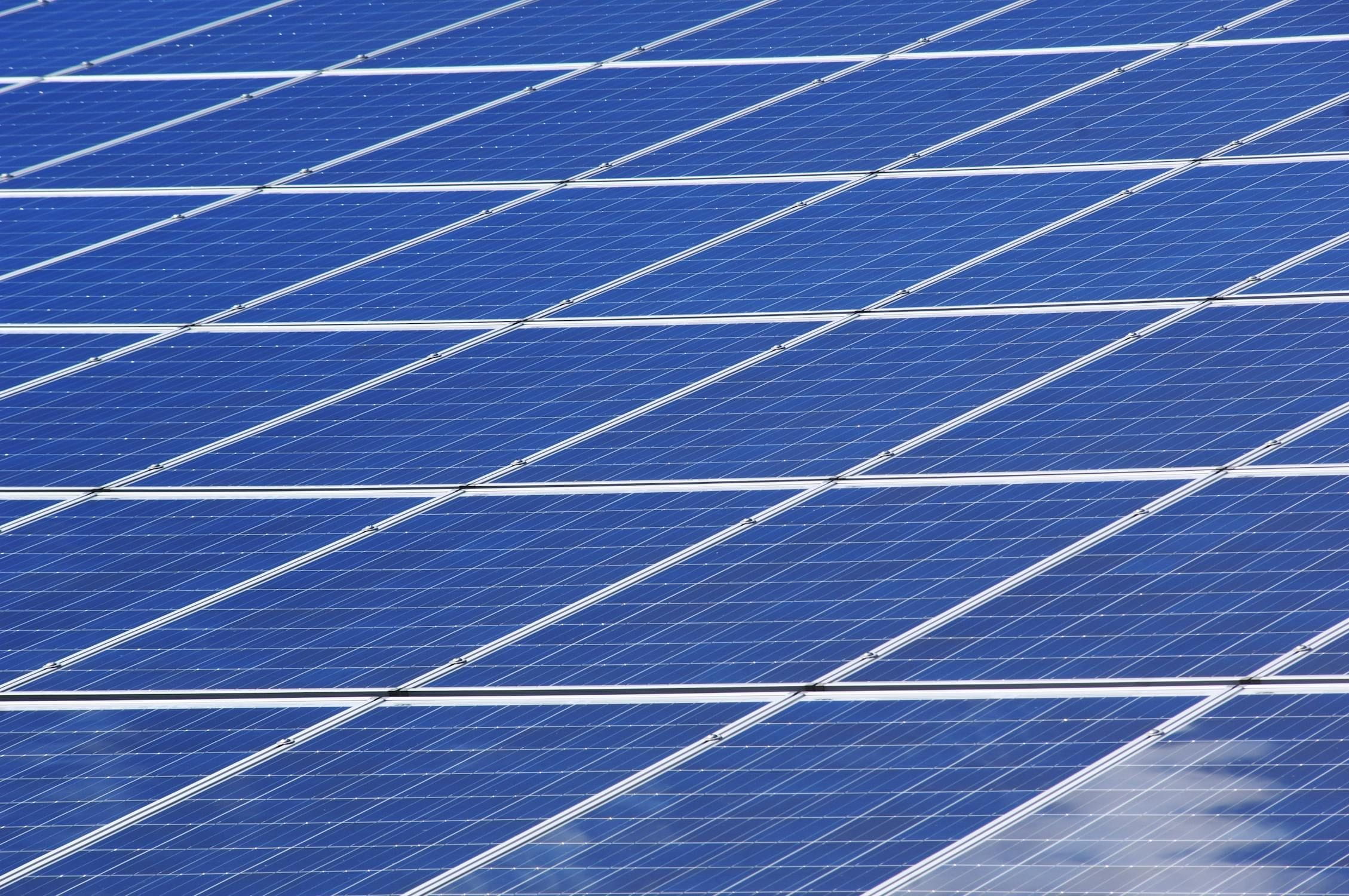As climate change continues to rapidly escalate, scientists continue to search for renewable energy source alternatives to the fossil fuels which are destroying our planet. These include solar power, wind energy, hydroelectricity, nuclear power, and many more. Nonetheless, we have struggled to find a suitable substitute to replace fossil fuels.
Recently, however, the technology behind solar power has quickly advanced, causing it to swiftly rise to the top of fossil fuel alternatives. Could it be the future of renewable energy?
Let us slide into your dms 🥰
Get notified of top trending articles like this one every week! (we won't spam you)How Does Solar Power Work?
Solar technologies take radiation from the sun and convert it into useful energy. According to the U.S.
Department of Energy, it does this chiefly by either photovoltaics (PV) or concentrating solar-thermal power (CSP).
PV cells absorb sunlight radiation and convert it to electricity in solar panels. CSP absorbs sunlight radiation and converts it to heat energy, which can then be used to produce electricity, and is used in power plants.

Image Credit: Pixabay from Pexels

Take the Quiz: What Candle Scent Matches Your Overall Aesthetic?
Halloween is just around the corner. It's time to light that candle. Take this quiz and find out what candle scent suits you best.
Advantages of Solar Power
According to the U.S. Department of Energy, “the amount of sunlight that strikes the earth's surface in an hour and a half is enough to handle the entire world's energy consumption for a full year." We have a constant and large supply of the sunlight radiation necessary for solar power. Thus, compared to other sources of renewable energy, the abundance of solar power is higher.
Further, solar power produces less carbon emissions than other sources of energy. Even sources of energy we consider to be renewable still pollute the natural environment; they just do it less than fossil fuels. While solar panels are generating energy, they do not produce waste; however, they still have an environmental impact due to other variables, such as their packaging, and issues with recycling when they reach the end of their lifespan. Nonetheless, the benefits of solar power outweigh the negatives when it comes to their effect on the environment - especially in comparison to some other sources of energy. An example of this is nuclear power. Nuclear power requires uranium, which requires energy in order to be mined and processed, which can sometimes come from fossil fuels. It also produces radioactive waste. The environmental effects of nuclear power pale in comparison to those of fossil fuels, but they are there nonetheless.

Image Credit: Pixabay from Pexels
Disadvantages of Solar Power
It's not as if solar panels will stop working every time the sky becomes cloudy; they will continue to function as long as there is some daylight. However, at night, they may not work, and the amount of energy they are able to produce may depend on the amount of daylight present. This has obvious consequences, and is an obstacle to us in trying to become fully reliant on solar power.

Image Credit: Pixabay from Pexels
Recent Progress in Solar Power
At one point, cost would have been considered one of the disadvantages of solar energy. However, according to Investopedia, the price of solar power has, in recent years, dropped - to the point of being even less expensive than fossil fuels. This is in part due to solar technologies receiving greater attention in recent years; for example, the U.S. Department of Energy SunShot initiative, which aims to lower the cost of solar power to $0.03 per kWh by 2030. Through this and other various policies, the government is providing greater incentives for investment in solar power, and the cost of solar power continues to decrease.

Image Credit: Pixabay from Pexels
The efficiency of solar power, especially concerning PV panels, has increased, and looks as thought it will continue to do so in the future. Efficiency essentially refers to how much usable energy the panels are able to produce based on the amount of sunlight they absorb. According to the International Energy Forum, the efficiency of PV panels was 6% in the 1950s, is 24.5% today, and may rise above 30% in the near future.
The Future of Solar Power
It is clear that the improvement of solar power is one of the clear objectives of the world for the future, in terms of renewable energy. According to the International Energy Forum, “in 2022, the world added more new solar capacity than all other energy sources for electricity combined.” Based on current trends, it seems as though the efficiency of and technology behind solar power will continue to improve, while the costs associated with producing and installing solar panels will decrease. Hopefully, as more resources continue to be focused on solar power, it will continue to flourish as a renewable alternative to fossil fuels!

Image Credit: Porapak Apichodilok from Pexels










.jpg)
